Lavrio mines
The ancient mines in the area of Lavreotiki.
Location
Timeline
Modern and Contemporary era (1821 - )
Used again by companies during the 19th and 20th century.
Ottoman era (1453- 1821)
Byzantine era (331 AC- 1453)
Roman era (30 BC- 330 AC)
Hellenistic era (322- 31 BC)
Classical era (478-323 BC)
Archaic era (800-479 BC)
Geometric era (-1100- 800 BC)
Prehistory (-1100 BC)
They had been used since the Middle Helladic period. Excavations began around 3000 BC. and the prehistoric civilizations of the Aegean were largely supplied with metals from Lavrio.

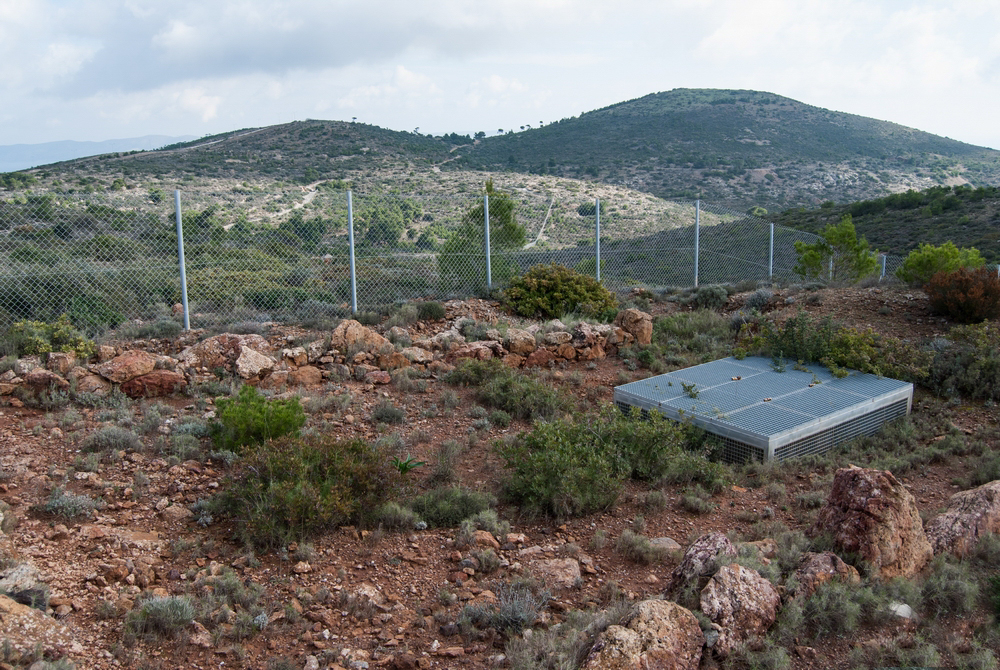
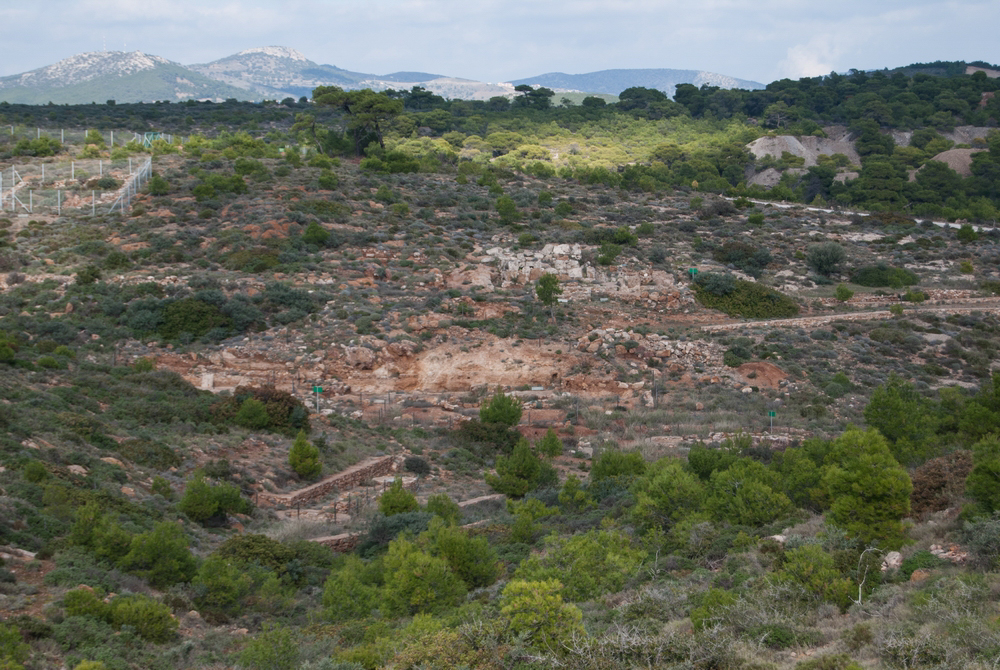
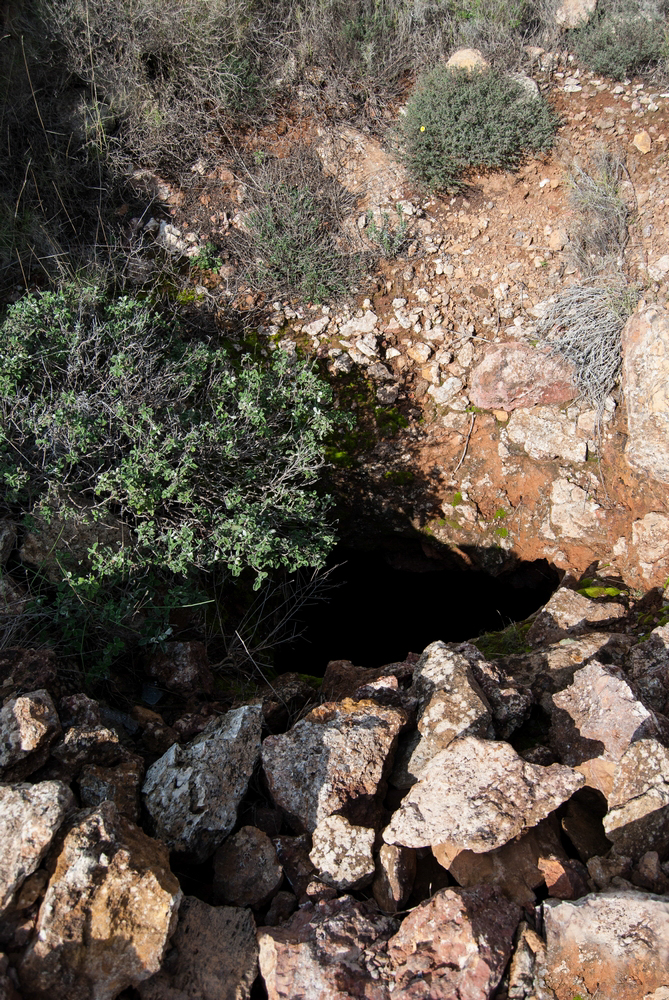
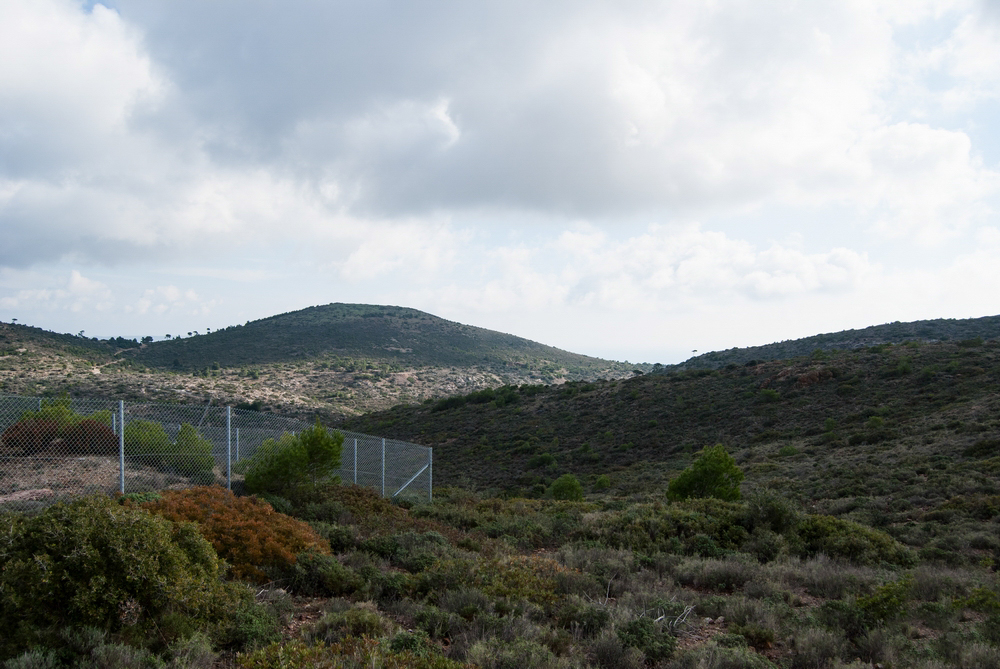
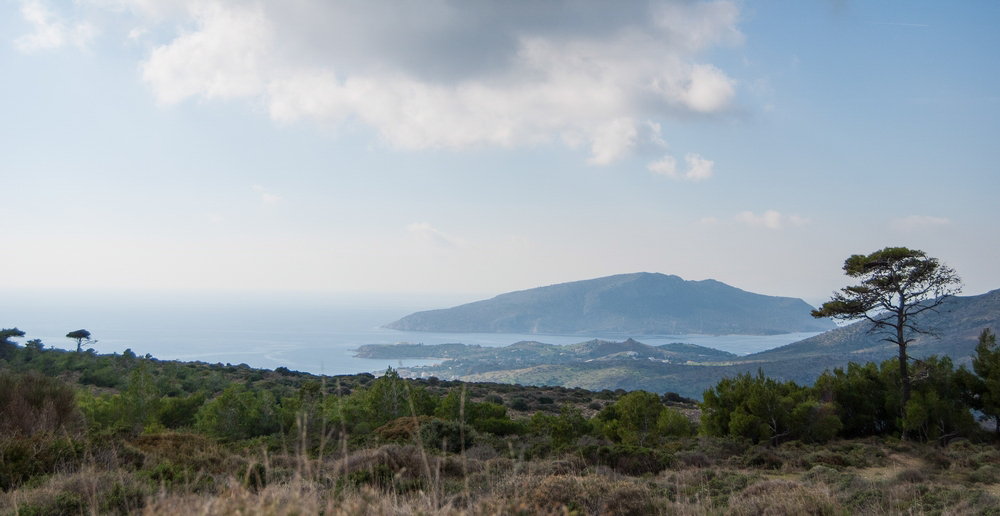

Share